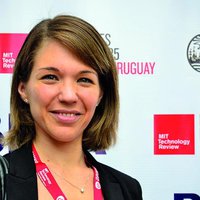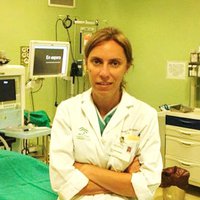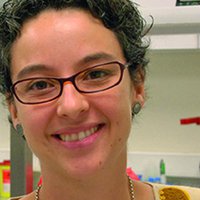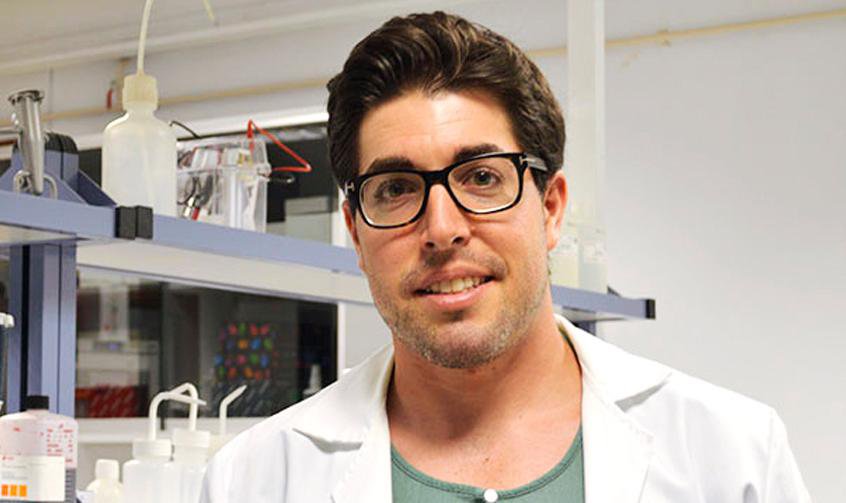"Being in daily contact with patients and helping them recover a normal life is certainly a key motivator for the great majority of doctors. But not always, a doctor has the right solution available. So for some of them, like Miguel González-Andrades, a young ophthalmologist at San Cecilio Hospital in Granada (Spain), such motivation extends to his activity in laboratory. “If I do not have a solution to propose to a patient, I feel urged to look for a new one through research,” says this young innovator, now Postdoctoral Research Fellow at Harvard University. In ophthalmology, diseases such as Corneal Blindness – whereby the transparency of the cornea is affected by tissue lesions – can greatly impair someone's capability to interact with the world. According to WHO (World Health Organisation), Corneal Blindness is the fourth leading cause of global blindness after cataract, glaucoma and age-related macular degeneration.
Replacing the entire cornea of someone affected by serious eye disease is something that was considered science fiction until a decade ago. González-Andrades is very well aware of the issues of current methods to treat corneal diseases: either a transplant from a human donor, or a keratoprosthesis, that is an artificial, non-biological cornea. Since his graduation in 2009, he is focusing on creating a new type of artificial cornea, entirely made of biological matter. Gradually, he has managed to propose a solution to recreate the first two layers a cornea is composed of: the epithelium and the stroma, which is the structural part of the cornea, made of collagen fibres. In healthy individuals, both are perfectly transparent. To build them, he uses two proteins: fibrin and agarose, the former derived from an alga, the second already present in one's blood. A matrix composed by these two biomaterials is used to pose human epithelial and stromal cells therefore creating a corneal substitute. Through in-vitro tests followed by in-vivo tests in rabbits, González-Andrades and his team proved that the transparency of the cornea is greatly improved, with a full capability to absorb ultraviolet light. For their next steps, they selected a group of patients for which traditional methods would have no chances to work, based on the gravity of their diseases.
The inner layer, the endothelium, is extremely difficult to recreate as it is composed by a single cell, but the researcher is not giving up. “This would allow being able to replace the entire cornea in one go, without rejection issues,” he explains, therefore avoiding a large number of surgery-related complications and being followed by an ophthalmologist all life long as it happens with current transplants.
1.5 to 2.0 million new cases of corneal blindness are diagnosed every year, with many more going unreported in the developing world, where treatment is further undermined by high costs and lack of technology. González-Andrades's bio-cornea is certainly giving new hopes to those fighting against visual impairments worldwide."




